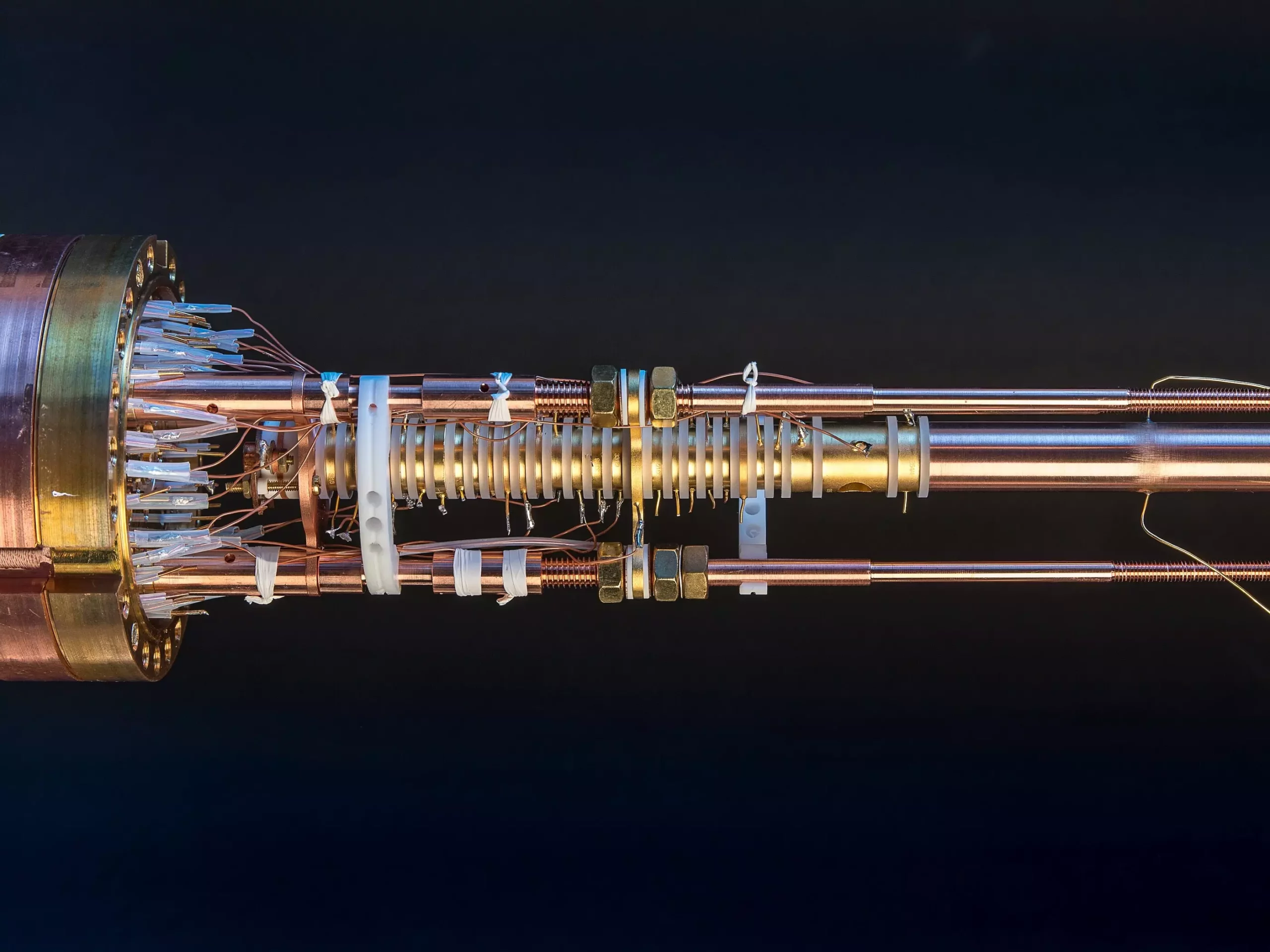In the intricate world of atomic physics, the electron shell acts as an intricate “electromagnetic shield” that obstructs any direct observation or interaction with a nucleus. This shielding phenomenon is crucial as it dictates the properties of atoms and their behavior in various applications. Recently, a team led by Klaus Blaum at the Max Planck Institute for Nuclear Physics has made headway in understanding this shielding by conducting precise measurements on beryllium-9 atoms. Their findings are groundbreaking, as published in the prestigious journal “Nature,” and provide fresh insights into both fundamental physics and practical applications like nuclear magnetic resonance (NMR) in chemistry.
The research team has successfully determined the magnetic moment of beryllium-9 with an unprecedented 40-fold improvement in precision. This level of accuracy is significant, especially in a field where minor discrepancies can lead to vastly different interpretations of atomic behavior. Magnetic moments are vital in understanding how atomic nuclei interact with external magnetic fields, and precise measurements can illuminate aspects of both theoretical physics and real-world applications like NMR, an important technique for chemical analysis.
Nuclear magnetic resonance (NMR) operates on principles analogous to those used in magnetic resonance imaging (MRI), but instead of visualizing organs, NMR provides a highly refined chemical fingerprint of materials under investigation. The effectiveness of NMR in identifying chemical properties hinges on the interactions between tiny magnetic nuclei and the surrounding electron cloud. While these interactions remain complex due to the nature of atomic structure, advancements in precision measurement are crucial for deeper understanding.
Surprisingly, current efforts in theoretical physics still struggle to calculate the magnetic moments and shielding effects with complete accuracy for systems containing more than two constituents. Zoltan Harman, a theoretical physicist with Blaum’s team, articulates that existing computational methods lead to significant uncertainties. For instance, the intricacies of interactions among quarks in a proton or neutron render exact calculations elusive. Thus, high-precision experimental measurements become imperative to bridge the gap between theoretical predictions and observable physical phenomena.
Blaum’s team utilizes advanced measurement techniques, specifically through the employment of Penning traps—complex devices that confine charged particles using magnetic and electric fields. By capturing the behavior of beryllium-9 nucleus within these traps, researchers observed the nuclear magnetic moment with remarkable clarity. Doctoral student Stefan Dickopf, who led the beryllium-9 study, explained that this precision was accomplished by subjecting beryllium to conditions that rendered extraneous corrections, eliminating complications linked with larger nuclei.
One might question why the focus was placed on beryllium, the fourth element in the periodic table, rather than more complex elements. The decision hinges on beryllium’s simple nuclear structure, which simplifies theoretical calculations and corrections necessary when measuring its magnetic properties. Being closely situated to helium in the periodic table also makes beryllium a fitting subject. The relationship between these elements plays a role in enhancing the precision of magnetic field measurements pivotal for NMR.
A vital step in the research involved selectively removing electrons from beryllium-9—leaving just one—to evaluate the associated shielding effects. This approach allowed comparisons with prior measurements involving beryllium isotopes with different electron counts, yielding invaluable insights into the intricate shielding mechanisms within atomic structures. Understanding these dynamics is key, particularly for applications involving neutral helium-3, further underscoring the importance of the research to both theoretical models and practical methodologies.
The results achieved by Klaus Blaum’s team not only mark a significant stride in precision measurement but also have implications for enhancing the accuracy of nuclear magnetic resonance techniques, which could resonate through the fields of chemistry and physics alike. This interplay between foundational research and its applications underscores the dual impact of scientific inquiry: enriching fundamental knowledge while simultaneously addressing practical challenges.
The meticulous work conducted on beryllium-9 highlights the complex relationship between atomic structure and electromagnetic properties, driven by cutting-edge experimental techniques. As scientists continue to unravel these mysteries, the potential for new technologies and insights into atomic behavior remains vast. The exploration of these atomic shields stands as a testament to the enduring curiosity of science, promising ongoing advances in our understanding of the universe.


Leave a Reply